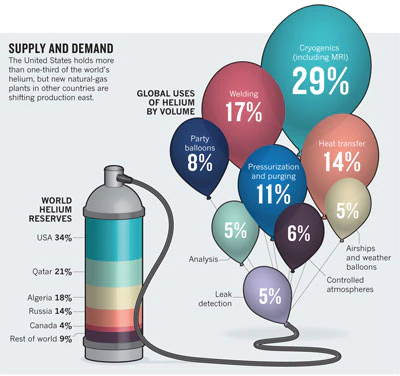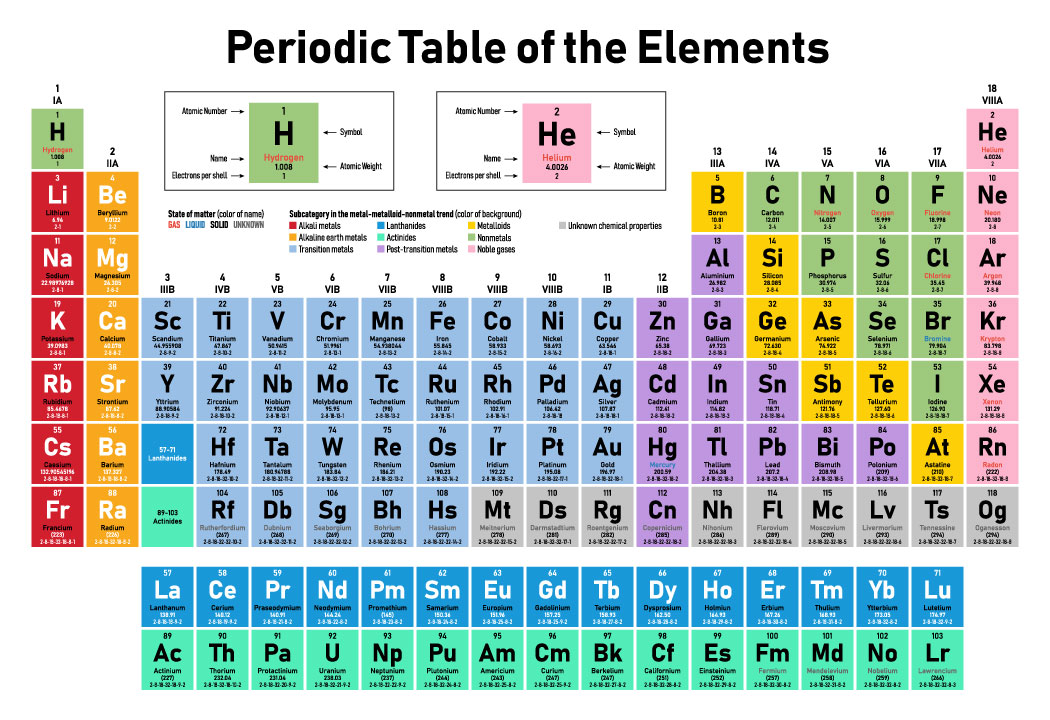Confusion versus Clarity:
Understanding the Difference between Helium and Hydrogen
Hydrogen is a remarkable, sustainable, and renewable element that has gained attention as a potential solution to our future energy needs. Currently, there is bi-partisan support for hydrogen amongst communities, business leaders and policymakers across states and the federal government. Last year alone, there were 79 project submissions to receive federal funding for what are being dubbed Hydrogen Hubs across the United States. Lately, hydrogen has been confused with helium. So what exactly is hydrogen, and how does it work with other forms of renewable energy? Better yet, how is it different then helium?


What is Hydrogen?
Besides being one of the most abundant elements in the universe, hydrogen is also the simplest element. It is a colorless, odorless, and tasteless gas that has many potential applications, including power generation, energy storage, transportation, and various industrial processes. Hydrogen can be produced from a variety of sources, including water, wind, solar, responsibly sourced natural gas, and nuclear among others, and it can be used in combustion engines or fuel cells to generate electricity.
What is Helium?
Next to hydrogen, helium is the second most abundant element in the universe, and it is also the most stable element. It is often found near natural gas resources though it is not a fossil fuel. It is also colorless and odor less, and due to its stability, it is also an inert gas – meaning it is very slow moving. Because of these unique qualities, its primarily used as a product for aerospace and defense, medical devices, construction and safety applications.

Creating Clarity Out of the Confusion on the Topic of Helium and Hydrogen

- Hydrogen is not the same as helium. While both are on the Periodic Table of Elements, they both hold their own space on the board. While both are gases lighter than air, hydrogen can be taken out of other sources of energy noted above (solar, nuclear, gas) and it can also be combined with other elements. Helium does not combine with any other elements and is slow moving, making it unique and most widely used for party balloons. However, it is also used in smaller quantities for technology in MRI’s, national defense, space exploration, welding and scientific research – but never as an energy source
- Hydrogen is not a source of energy on its own. Unlike traditional fuels, which can be burned to release energy, hydrogen needs to be produced from another source. However, when produced from renewable sources, such as water, solar, nuclear, or wind – hydrogen offers a sustainable and zero-emission alternative to traditional fuels that can be produced over and over again.
- You do not have to drill for hydrogen. You do have to drill for Helium. That’s because helium was created in the Earth’s crust, but it is not a fossil fuel. Helium is also a non-renewable resource while hydrogen can be produced over and over again.
The Benefits of Hydrogen:
Hydrogen offers many benefits as a source of energy. It’s clean-burning, producing only water vapor and heat when used in combustion engines or fuel cells. And as we mentioned before, it can be produced from a variety of renewable sources, including wind, solar, and hydropower, making it a truly sustainable energy option. Hydrogen can also be stored indefinitely and transported easily, making it an attractive option for storing energy generated from renewable sources.
While there are misconceptions about hydrogen that need to be cleared up, it’s clear that hydrogen is a versatile and sustainable energy source with many potential applications. By continuing to invest in research and development, we can diversify our energy sources and use others more efficiently for a cleaner, more sustainable energy future.
